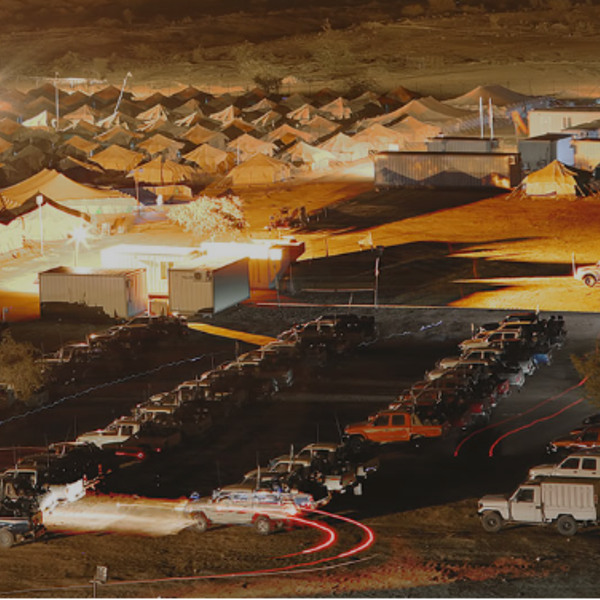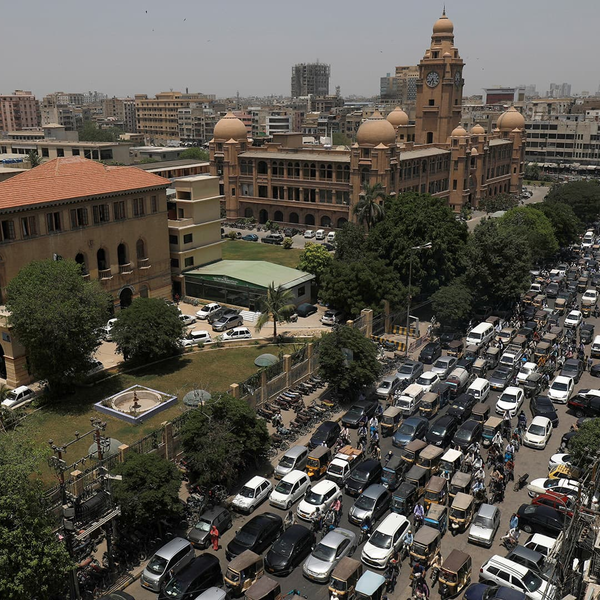Pakistan's cotton production continues to be drastically lower than target
Arrivals by February 1 have fallen by 34% to 5.5 million bales
Business Desk
The Business Desk tracks economic trends, market movements, and business developments, offering analysis of both local and global financial news.
Pakistan cotton production has plunged sharply during this season, mainly because of the tax disparity where local sales face a levy of 18% while imports of cotton yarn, raw cotton, and gray cloth are exempted.
Cotton output has plunged by more than 50% from the annual target of 11 million bales. Meanwhile, arrivals by February 1 have fallen by 34% to 5.5 million bales compared to the same period last year, according to data released by Pakistan Cotton Ginners Association on Monday.
Cotton production during the same period last season was around 8.349 million bales.
During the current season, out of total 5.5 million bales, nearly 4.977 million bales have been purchased by textile companies while 46,700 bales were bought by exporters. During the same period last year, out of the total cotton output, about 7.684 million bales was purchased by textile companies while exporters bought 292,726 bales, according to the data.
Shahid Sattar, secretary general of All Pakistan Textile Mills Association, said in a statement that critical issues are plaguing the cotton value chain, particularly the detrimental impact of the 18% General Sales Tax (GST) on domestic cotton supply.
He emphasized that the GST has been a significant factor contributing to the decline in cotton production, undermining the competitiveness of local spinning and weaving industries.
"Domestic inputs for exports face an 18% sales tax, while imports under the Export Facilitation Scheme (EFS) are duty-free and sales tax-free," Sattar noted.
He further explained that exporters purchasing local inputs are burdened with sales tax refund delays exceeding six months and receive only partial refunds of about 70%. "A level playing field requires that EFS imports of cotton, yarn, and other intermediate inputs be subjected to the same sales tax regime as local products," Sattar asserted.
He also recommended restoring the EFS to its June 2024 structure and adopting India's model of graduated sales tax rates to minimize financial discrepancies.











Comments
See what people are discussing